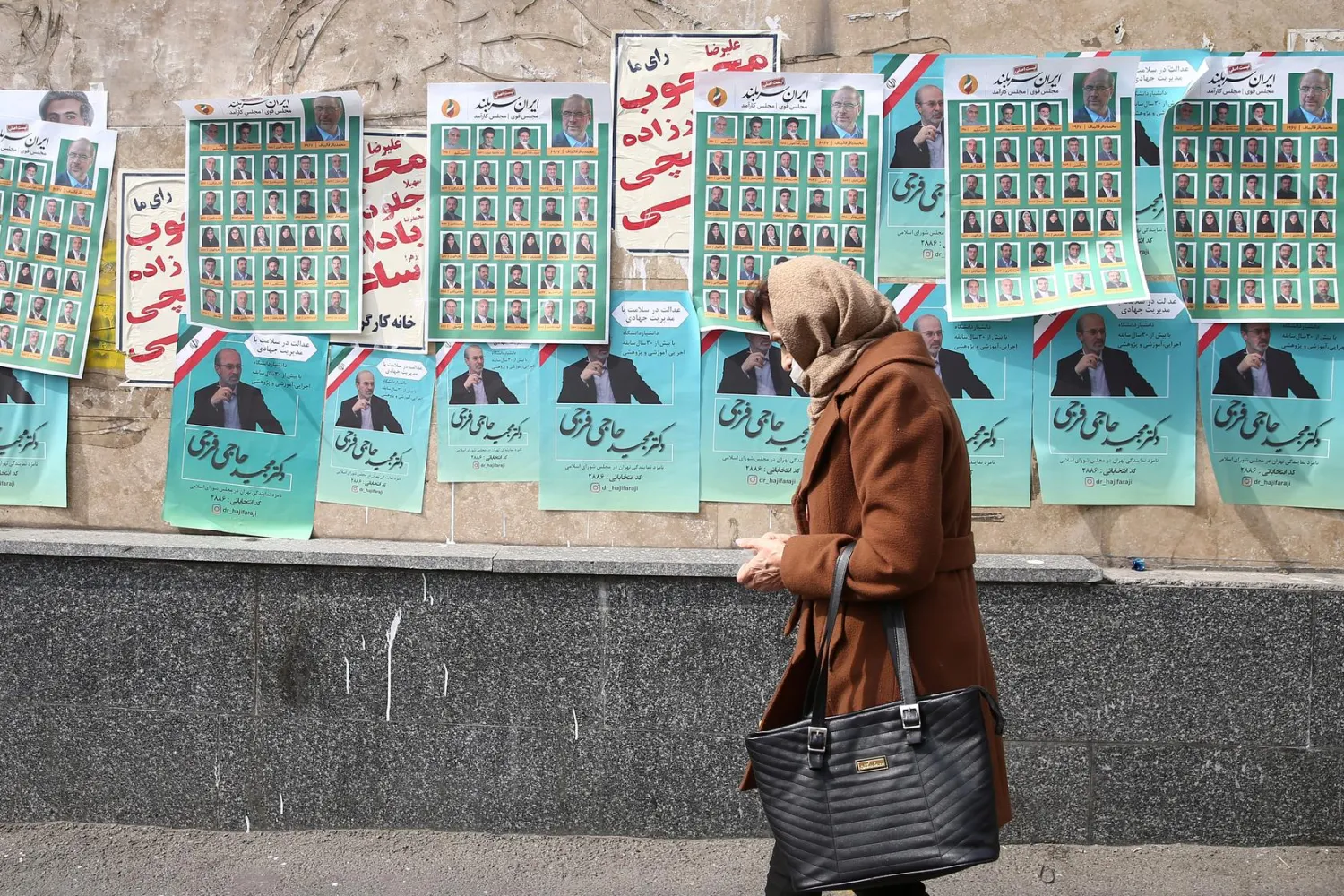North Korean leader Kim Jong Un visited a nuclear submarine factory and received a message from Russia's Vladimir Putin hailing the countries' "invincible friendship", Pyongyang's state media said Thursday.
North Korea and Russia have drawn closer since Moscow launched its full-scale invasion of Ukraine nearly four years ago, and Pyongyang has sent troops to fight for Russia, AFP said.
In return, Russia is sending North Korea financial aid, military technology and food and energy supplies, analysts say.
The "heroic" efforts of North Korean soldiers in Russia's Kursk region "clearly proved the invincible friendship" between Moscow and Pyongyang, Putin said in a message to Kim, according to the Korean Central News Agency (KCNA).
Their work demonstrated the nations' "militant fraternity", Putin said in the message received by Pyongyang last week.
The provisions of the "historic treaty" the two leaders signed last year, which includes a mutual defense clause, had been fulfilled "thanks to our joint efforts", Putin wrote.
South Korean and Western intelligence agencies have estimated that the North has sent thousands of soldiers to Russia, primarily to Kursk, along with artillery shells, missiles and long-range rocket systems.
Around 2,000 troops have been killed and thousands more have been wounded, according to South Korean estimates.
North Korea acknowledged this month that its troops in Kursk had been assigned to clear mines and that some had died on deployment.
KCNA reported Putin's letter on the same day that it published details of Kim's undated recent visit to a manufacturing base for nuclear-powered submarines.
There, the North Korean leader vowed to counter the "threat" of South Korea producing its own such vessels.
US President Donald Trump has given the green light for South Korea to build "nuclear-powered attack submarines", though key details of the project remain uncertain.
Photos published by KCNA showed Kim walking alongside a purportedly 8,700-tonne submarine at an indoor assembly site, surrounded by officials and his daughter Kim Ju Ae.
In another image, Kim Jong Un smiles during an official briefing as Kim Ju Ae stands beside him.
Pyongyang would view Seoul developing nuclear subs as "an offensive act severely violating its security and maritime sovereignty", Kim Jong Un said, according to KCNA.
It was therefore "indispensable" to "accelerate the radical development of the modernization and nuclear weaponization of the naval force", he said.
Kim clarified a naval reorganization plan and learned about research into "new underwater secret weapons", KCNA said, without giving details.
Pyongyang's defense ministry said it would consider "countermeasures" against US "nuclear muscle flexing", a separate report said Thursday.
- Help from Russia? -
Only a handful of countries have nuclear-powered submarines, and the United States considers its technology among the most sensitive and tightly guarded military secrets.
In the North's first comments on the US-South Korea deal, a commentary piece by KCNA last month said the program was a "dangerous attempt at confrontation" that could lead to a "nuclear domino phenomenon".
Hong Min, an analyst at the Korea Institute for National Unification, told AFP the submarine photos raise "considerable speculation" over whether Russia helped North Korea assemble a nuclear-powered submarine "within such a short time frame".
Kim also reportedly oversaw the test launch on Wednesday of "new-type high-altitude long-range anti-air missiles" over the East Sea, also known as the Sea of Japan.
The projectiles hit mock targets at an altitude of 200 kilometers (124 miles), KCNA said. That height, if correct, would be in space.
One photo showed a missile ascending into the sky in a trail of intense orange flame, while another showed Kim walking in front of what appeared to be a military vehicle equipped with a vertical missile launcher.
Seoul's Joint Chiefs of Staff said they had been aware of the launch preparations and had braced for the firing in advance.
"South Korean and US intelligence authorities are currently closely analyzing the specifications," it said.









